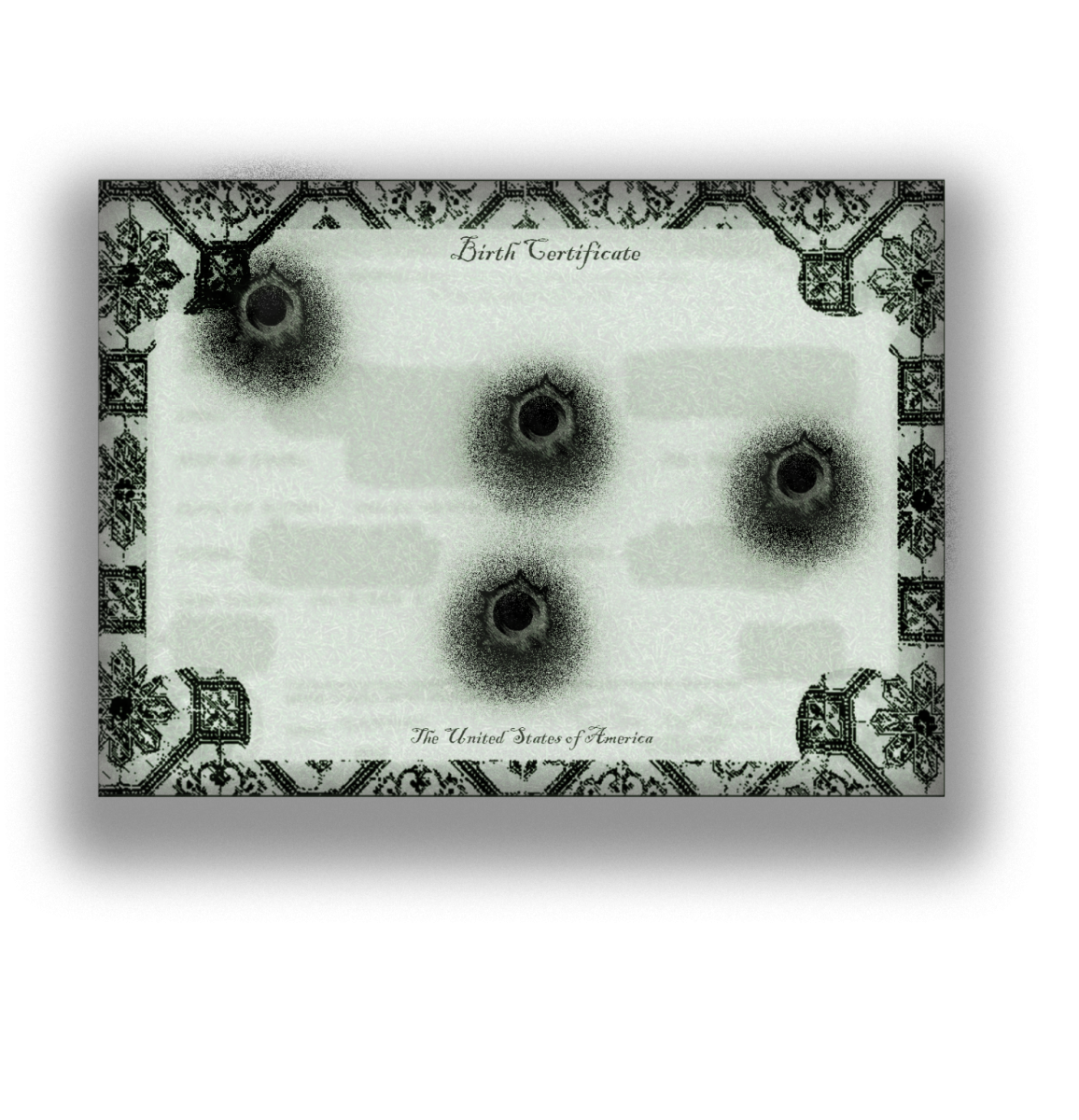I got my first period when I was in the fourth grade. I remember feeling confused, terribly uneducated and horrified. I mean, since when do 10-year-olds get their periods? Since then, I’ve struggled with the effects of debilitating symptoms ranging from being doubled over in pain to excessive blood loss.
It’s something half of the population is very familiar with.
I was 13 when I used birth control for the first time. The decision made between my mother and I was to help combat the excruciating pain and my ridiculously heavy flows. It was also the first time I felt the side effects of birth control. I once bled for two months straight and dealt with heavy waves of depression. To put it plainly, I felt like crap. I bounced from different types of birth control until, four years later, I finally struck my contraceptive gold. I went through at least seven different contraceptive methods, yet I didn’t even reach the cusp of what others have dealt with.
I’m sorry, reader, if this story makes you feel uncomfortable. If so, why?
Well, most likely because menstruation taboos have been around since the dawn of time. Periods were often categorized with sorcery and magic. It was thought that menstruating women would cause meat to decompose and prevent crops from growing. In the 1980s, NASA (we’re talking about rocket scientists here) sent Sally Ride with 100 tampons for a week in space. It wasn’t until the mid-1940s that the word “vagina” was used in menstruation education. However, of course, there was an emphasis on hygiene, insinuating that a period itself is unsanitary. It wasn’t until recently that period product brands started using red liquids instead of a blue liquid, in their commercials to reference period blood. The use of a blue liquid started in the 1990s to convey a clinical, clean interpretation in contrast to red, which would obviously make viewers uncomfortable and disgusted. It’s not like we don’t all bleed red anyway, right?
On April 13, the Centers for Disease Control and Prevention issued a statement detailing the six cases of a rare form of blood clotting out of 6.8 million doses of the Johnson & Johnson, or J&J, COVID-19 vaccine. This particular group of rare cerebrovascular diseases causing the clotting is called Cerebral venous sinus thrombosis, or CVST. It’s a serious and incredibly dangerous type of clotting that prevents the blood from draining in the brain. Without hesitation, the distribution of this vaccine was halted.
I took a women’s health and psychology course my sophomore year of college. My professor, Dr. Edens, vehemently drilled into our heads the nature of women’s bodies and specifically taught us the effects contraceptives can have. After the news broke about J&J, the first thing that came to mind for me was that oral contraceptives also carry the risk of blood clotting, yet there has not once been an uproar about that risk.
In 2017, a case report detailed the experience of a 43-year-old woman who experienced CVST with cerebral artery infarction and secondary epileptic seizures after starting oral contraceptives, or OCs. She had been taking OCs for no more than 20 days before developing the alarming symptoms of severe head and neck pain. In 2015, a study came out reporting that women who take OCs are over seven times more likely to develop CVST than those who don’t. All of this to say that CVST isn’t something new in birth control, nor is it something alarming enough to halt distribution.
So, why is it ethical to suspend and reevaluate J&J but not oral contraceptives?
The list of symptoms for birth control is not limited to CVST. About 65 percent of women between the ages of 15 and 49 use some form of birth control. There’s basically a 12-by-12 inch warning pamphlet that comes with every form of contraception. The common ones range from weight gain, acne, ovarian cysts, mood changes, nausea, headaches, etc. However, it doesn’t even begin to stop there. For instance, levonorgestrel and ethinyl estradiol, a combination OC, showed a risk of developing gallbladder disease, blood clots, cerebral hemorrhage, heart attacks, hypertension, etc. Out of the hundreds of oral contraceptives, it’s a similar list: terrifying possibilities.
Sure, these symptoms and those of J&J are rare, but that doesn’t negate its severity.
Menstruation shame has been around far longer than any of us can begin to comprehend. Periods are a by-product of life that has somehow morphed into segregation from biology. The stigma attached to periods is a dangerous hurdle in the way of safe education. By forgoing it, we as a society can take the necessary steps to alter the negative effects of and around birth control.
It’s important that we as a country, a society, a world stop stigmatizing half of the population’s natural bodily functions. We must stop denouncing the symptoms that millions of women feel daily. We temporarily halted the distribution of a vaccine with less than a one percent chance of severe effects. We should treat contraceptives with the same passion.
Kaelin Connor is a psychology junior and opinion writer for The Battalion










